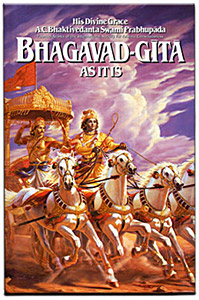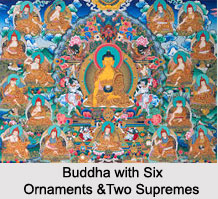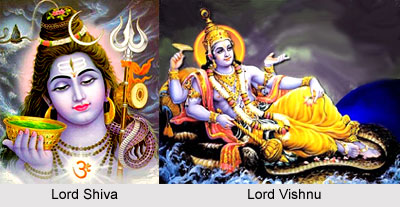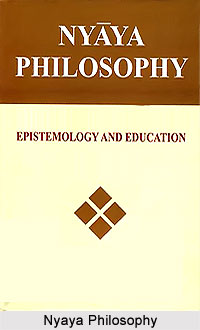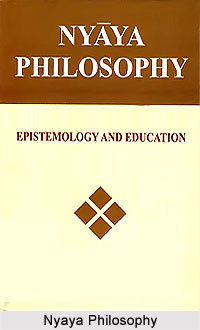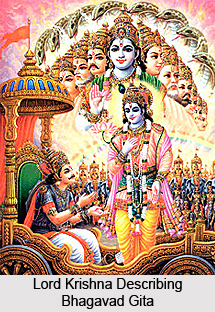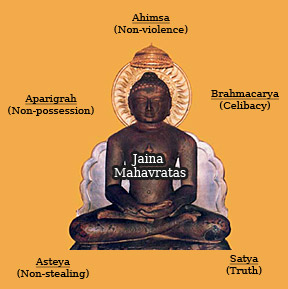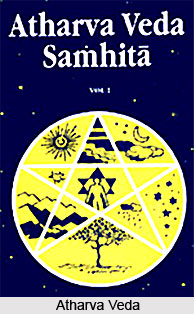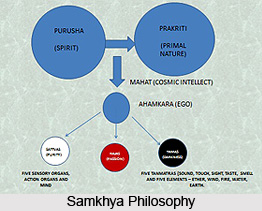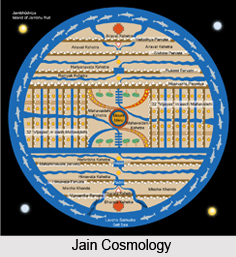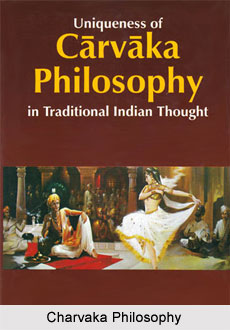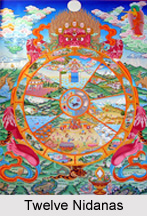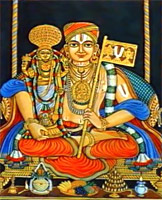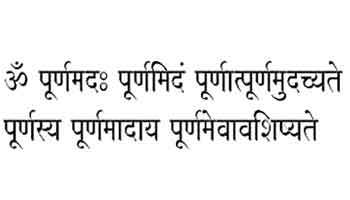 Invocation of Isa Upanishad describes the wholeness and fullness of Self which brings in peace. There are many translations and commentaries in Isa Upanishad, each of which adds a different slant on the vast meaning. In some sense, a complete explanation of the nature of Reality and the entire wisdom of the path of Self-Realization is contained in this short summary.
Invocation of Isa Upanishad describes the wholeness and fullness of Self which brings in peace. There are many translations and commentaries in Isa Upanishad, each of which adds a different slant on the vast meaning. In some sense, a complete explanation of the nature of Reality and the entire wisdom of the path of Self-Realization is contained in this short summary.
The opening invocation of Isa Upanishad says,
Om purnamadah purnamidam purnat purnamudacyate
purnasya purnamadaya purnamevavasisyate
Om santih santih santih
The official explanation in the Upanishad for AUM is that it consists of three sounds representing the three persons within the Godhead. By forming one united sound it creates the concept of One in Three Persons. It also introduces the fullness or the substance of God as represented by the silence. The World was the first expression of God through which the whole cosmos, living and the nonliving, visible and the invisible were all created. The study of the sacred sound Om signifies the representation of the logos concept.
In all Indian Vedic, Buddhist and Jain religions, gods were considered as a class within the cosmos. They were governed and controlled by the eternal science of the cosmos. These laws were the cycle of birth, decay, death, and rebirth. In other words it creates Prakriti - the Physical Universe with all its Laws, as the God of gods and man. It is here Isa Upanishad stands as a contrast with the previous religions of India. It says that God is absolutely free, and the world, is also an absolutely free act by the absolutely free God. God is beyond any cosmic principles which cannot be imposed on it. He is still capable of transforming and recreating it and is in fact doing it. If there is decay or death it has to be explained in terms of the God who controls the cosmos. They all exist with certain purpose.
It is interesting to note that Isa is the only God mentioned without any reference to the any of the later Hindu gods of Lord Vishnu, Lord Brahma or Lord Shiva. The mantra also stresses on the fact that
Everything is complete in itself, the inner self, the outer self, are all Purnam. The shanthi patha is chanted thrice: for aathma shanthi, mana shanthi and sharira shanthi. Once the inner self will blends with the outer self, the total shanthi comes to him. Shanthi reaches all the three levels: the external, the internal and the subtlest level. A person, who does not understand this, cannot attain peace.
Every one searches for peace and happiness and that peace and happiness is all-pervading. Peace exists everywhere, within us, outside us, all around us. We only have to identify it as peace. Otherwise we would remain in the dark. Truth may look small, but it is only the reflection of the truth. When we have a reflection, there has to be a substance to create that reflection. One needs to believe in that substance and not in the reflection which can be destroyed. Thus one needs to go near to the reality, the absolute infinity. Only then one can reach the real goal of life.


